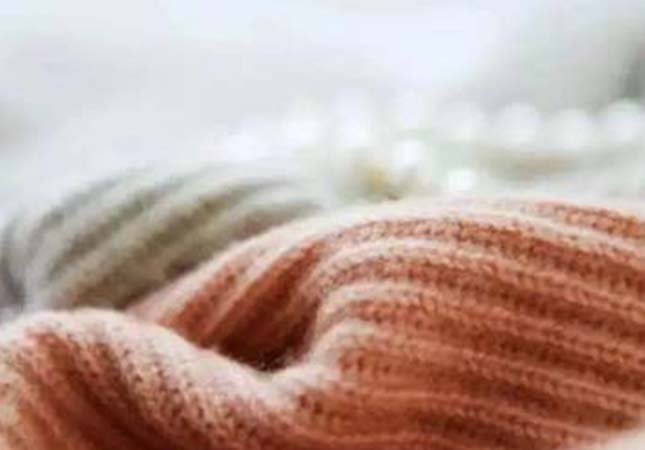In the fabric production process, static electricity sometimes affects the weaving products quality and even affects the process of fabrics dyeing and finishing. For example, fabrics moisture content is reduced after drying, it is not easy to export electrostatic so that they often be adsorbed on metal parts, which disorderly winding phenomenon. The occurrence of mutual repulsion between same fabrics due to the same they charge make the drop cloth have difficulty to fold neatly then affect the next processing. Operator that on the weaving machine, will always dry cloth contact by electric shock on their hands. Static electricity even exist and have impact on our daily wear clothes, which causes physical discomfort.
The Reasons of Static Electricity on Fabrics
Static electricity is generated by the excitation energy of electrons or ions that occur between the surfaces of two substances after friction, and the detachment of the contact surface, resulting in the accumulation of charges. Contact electrification, triboelectric electrification, deformation electrification, photoelectric and pyroelectric effects are the 5 main reasons of static electricity.
Most textile materials are poor conductors with high specific resistance that inevitably cause friction, drafting, compression, peeling, electric field induction or hot air drying to generate static electricity in their process of production.

Methods of Anti-Static Electricity
Generally, static electricity is a phenomenon caused by the complex interleaving of the process of charge generation and the disappearance process (corona discharge, electrostatic leakage). It is the actual electrostatic charge level when these two opposing processes reach equilibrium. The methods of anti-static electricity on fabrics can be summarized as reducing electric charge generation, accelerating electric charge leakage, and neutralizing the generated electrostatic charge.
1. Add Anti-Static Agent During Yarn or Fabric Finishing Process
It is suitable for a variety of fiber materials with its actions mechanism of reducing the friction coefficient between fibers, improving the hygroscopicity of the fiber or ionizing the surface of the fiber thereby achieving the reduction of static generation by adhering anti-static agent that after padding, dipping, baking on the fiber or fabrics.
The used anti-static agents are divided into cationic, anionic and nonionic types according to their ionicity, among which the cationic type has the best anti-static effect, and the anionic type has the best durability, and the nonionic type is the most widely used.
This is a rather simple way to implement with low cost, which is especially suitable for eliminating electrostatic interference during textile processing, and enables the processed fabrics with the moisture absorption, anti-fouling, and no dust absorption functions.
2. Blending, Copolymerization or Graft Modification
Most synthetic fibers have poor electrical conductivity. For enabling fibers to obtain anti-static properties, we can add hydrophilic monomers or polymers to fiber-forming polymers to improve the hygroscopicity The advantages and disadvantages are the same as fabric surface treatment. Or we can also improve the hygroscopicity and anti-static properties of fibers by polymerization of hydrophilic polar monomers onto the backbone of hydrophobic synthetic fibers by the means of copolymerization or graft polymerization, such as embedding polyethylene glycol in PET macromolecules.
By this method can remain the original style and mechanical properties of the fabrics in a better degree and have washing resistance and long-lasting anti-static properties. However, the alkali resistance is poor and in a high cost.
3. Blended or Inlaid Anti-Static Yarn
It is a method by mixing a small amount of conductive staple fibers in weaving and spinning, which can produce anti-static yarns and reduce or even eliminate static electricity problems during weaving process. Conductive fibers include metal fibers (stainless steel fibers, copper fibers, aluminum fibers), carbon fibers and organic conductive fibers among which organic conductive fibers are mostly used to develop anti-static blended yarns on current e market.
This method has good washing resistance, friction resistance, heat and light resistance without having influence form ambient temperature and humidity changes. And is being developed and applied more and more widely but we must pay attention to the dyeing functions of the fabrics when using conductive fibers to generate anti-static fabrics because of its high cost and generally dark colored conductive fiber.
Presently, the anti-static fabrics has achieved certain results but with some inevitable shortcomings in their production. In spite of the finished fabric has anti-static properties, it may lead to the feel, whiteness and air permeability of them, which affects the comfort of use. There is also the disadvantage that the short lasting of anti-static performance so that improve the anti-static properties of textiles is still an important research in the fabric manufacture field.




